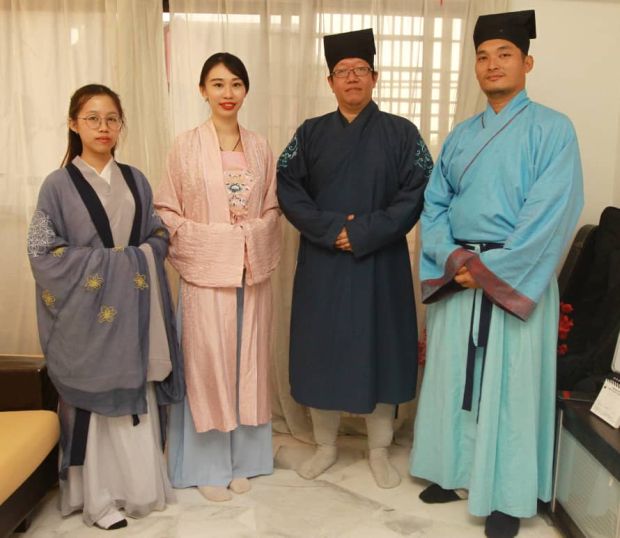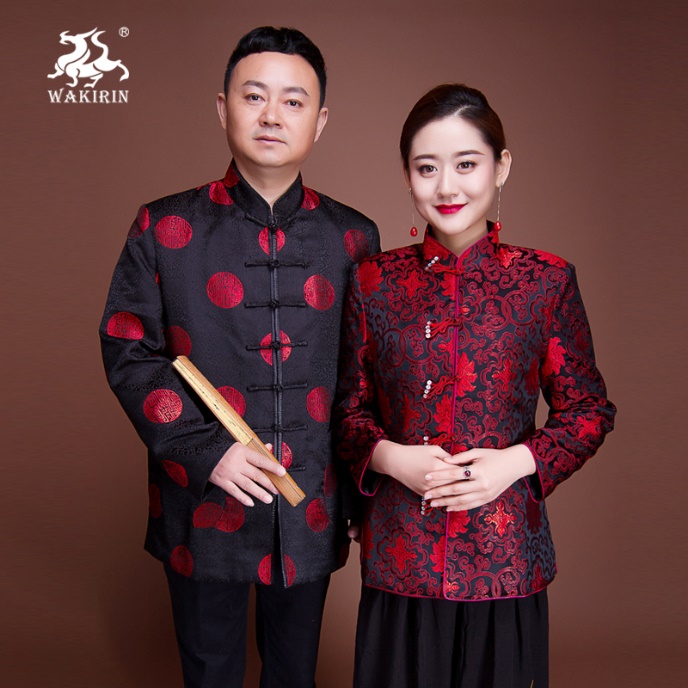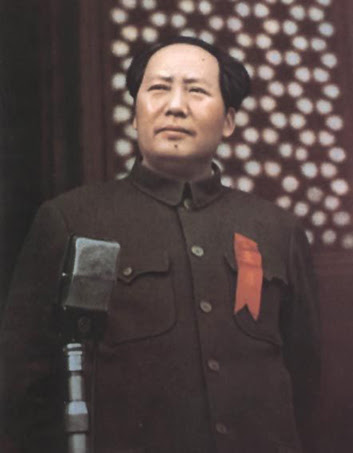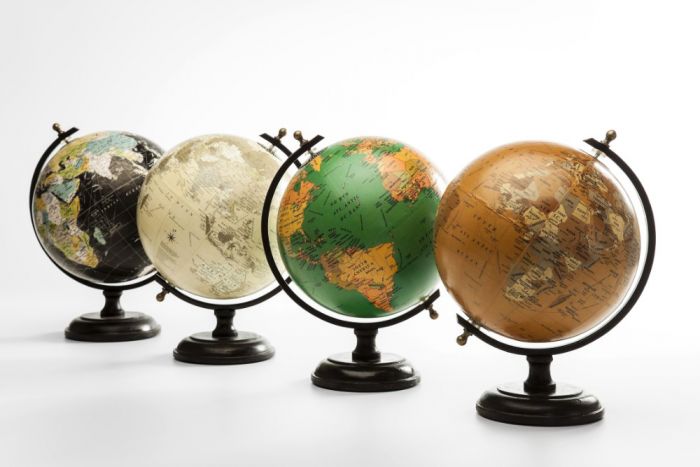Wat mij altijd heeft geholpen bij het bestuderen van talen en culturen, was het leren van de straattaal, internettaal en memes van de betreffende cultuur. Een aantal jaar geleden studeerde ik Chinastudies, en hier schreef ik soms een luchtig, maar leerzaam stukje voor het krantje van de Studievereniging Sinologie.
Het is inmiddels een verouderd stuk, en in de praktijk zul je misschien zo klinken: "YOLO, waddup fam, super on fleek am I right?!", maar dit soort dingen blijven leuk, als je Mandarijn leert. 加油!
網絡俚語
藍瘦香菇 (lán shòu xiānggū): ‘Blauwe slanke paddenstoel’. Storytime! Er was eens een jongeman uit Guangxi, op een dag had hij een date, maar die date verliep niet zo goed als hij had gehoopt. 於是他很難受,想哭, dus plaatste hij een video van zichzelf op Youtube waarin hij dit vertelt. Hij ging viral en leefde nog lang en gelukkig. Als je deze meme nog niet kent, kun je misschien toch wel raden waarom er opeens plaatjes met zijn gezicht op een blauwe paddenstoel verschenen. En zo niet, dan zoek je “藍瘦香菇” eens op en luister je eens goed naar zijn uitspraak. *Hinthint*
洪荒之力 (hóng huāng zhī lì): ‘Prehistorische krachten’. Als je alles uit de kast hebt gehaald (of het nou gaat om iets wat daadwerkelijk veel moeite heeft gekost, of om iets super simpels waar je gewoon een grapje over wilt maken) kun je zeggen:“我已經用了洪荒之力啦!” Net zoals de zwemster Fu Yuanhui in 2016 op de Olympische Spelen zei toen een interviewster aan haar vroeg of ze zich niet had ingehouden. Mede dankzij haar fantastische gezichtsuitdrukkingen is ze een meme geworden. Als je “Fu Yuanhui’s greatest moments (English subs)” kijkt op Youtube, begrijp je waarom iedereen van haar houdt. Ze is echt hilarisch. En zo schattig.
打醬油 (dǎ jiàngyóu): ‘Sojasaus kopen’. De betekenis hiervan ligt ergens tussen ‘dat zijn mijn zaken niet’ en ‘hier wil ik niet op reageren’. Het gaat er in ieder geval om dat je iets niet wilt bespreken omdat het ofwel een gevoelig onderwerp is, of omdat het je niet interesseert. De oorsprong van deze meme ligt in een tv-fragment van bijna 10 jaar geleden, maar hij wordt nog steeds vaak gebruikt. In dit fragment vroeg een journalist aan een voorbijganger wat hij vond van het seksschandaal van een of andere celebrity uit Hong Kong. De voorbijganger wilde hier niet op in gaan, dus hij antwoordde: “我只是來打醬油的”.
不作不死 (bù zuō bù sǐ): Afkorting van 不作死就不會死 (Bù zuōsǐ jiù bù huì sǐ). In het Westen is deze uitspraak ook wel bekend als no zuo no die. Het betekent zoiets als: ‘als je geen problemen zoekt, krijg je ook geen problemen’ of: ‘als je je billen niet brandt, hoef je ook niet op de blaren te zitten’. Je kunt het als waarschuwing gebruiken, maar vaak zeggen mensen het ook nádat iemand iets doms heeft gedaan en klaagt over de consequenties.
我也是醉了(wǒ yě shì zuì le): Dit lijkt heel erg op Engelse uitdrukkingen als “are you kidding me?”, “seriously?!” en “I can’t even…”. Hiermee druk je dus uit dat je iets niet kunt of wilt geloven omdat het bijvoorbeeld te dom of frustrerend voor woorden is. “Ik sta perplex” is misschien een goede Nederlandse vertaling, maar dat klinkt natuurlijk niet zo hip.
你不知道毛澤東是誰?! 我也是醉了! (Je weet niet wie Mao Zedong is?! Niet te geloven!)
不明覺厲 (bù míng jué lì): ‘Geen idee waar je het over hebt, maar ik vind het super’ omdat jij het super vindt, óf omdat ik geen zin heb om de rest van je verhaal aan te horen.
你行你上(nǐ xíng nǐ shàng): ‘Als je het (beter) kunt, doe het dan’. En 不行别瞎逼逼* (bù xíng bié xiā bī bī), oftewel: ‘als je het niet kunt, houd dan gewoon je mond’.
裝逼 (zhuāngbī): Pleco geeft de definitie “to act like a pretentious prick” en dat dekt de lading eigenlijk wel. Iemand die 裝逼t noemen wij ook wel een poser.
賣萌 (mài méng): ‘Schattigheid verkopen’. Hiermee wordt bedoeld dat je je op een bepaalde manier gedraagt om te laten zien hoe schattig je wel niet kunt zijn.
菜鳥 (càiniǎo): ‘N00b, newbie, rookie’. Dit kan na een potje League of Legends naar je hoofd worden geslingerd maar in principe ook na een potje basketbal. Een 菜鳥 is in ieder geval iemand die overduidelijk een beginner is in wat dan ook. Of gewoon zo slecht is dat hij een beginner lijkt.
吃貨 (chīhuò): ‘Foodie, foodlover’. Dit is iemand met een passie voor eten, iemand die constant over eten praat, de hele dag door aan het eten is en alleen maar foto’s van eten op social media plaatst. Ik weet zeker dat we allemaal wel een 吃貨 kennen.
辣妹 (là mèi): ‘Lekker ding, hottie, aantrekkelijke jonge vrouw’.
小鮮肉 (xiǎo xiān ròu): ‘Lekker ding, hottie, aantrekkelijke jonge man’.
囧 (jiǒng): Met een beetje fantasie kun je allerlei gezichtjes zien in dit karakter. 囧 wordt dan ook gebruikt als emoticon waarmee frustratie, verdriet, schaamte, verbazing of soms zelfs blijdschap kan worden uitgedrukt (>_<).
個屁 (gè pì): Ah, de mogelijkheden die het woord屁 biedt zijn eindeloos. Voeg bijvoorbeeld een 個屁 om op cynische wijze uit te drukken dat je het ergens niet mee eens bent. Het werkt dan ongeveer hetzelfde als het Engelse my ass.
A: 他好帥哦. (He’s very handsome.)
B: 他帥個屁! (Handsome my ass!)
Andere manieren om een douchebag te zijn:
你笑個屁啊! (What the **** are you laughing at?)
你懂個屁啊. (You don’t know shit.)
我姓曾 (wǒ xìng zēng): Deze meme stamt ook alweer uit 2012, maar ik vond hem te mooi om niet te delen, want ik houd nu eenmaal van slechte woordgrapjes. Oké, dus het leek CCTV een leuk idee om de straat op te gaan en deze vraag aan voorbijgangers te stellen: 您幸福嗎?Hierop antwoordde meneer Zeng, bloedserieus: 我姓曾. Ha ha, get it? Goed, misschien rol je niet over de grond van het lachen, maar uit het feit dat dit een meme is geworden, blijkt maar weer dat netizens iedere kans aangrijpen om initiatieven vanuit de staat belachelijk te maken.
查水表 (cháshuǐbiǎo): ‘De watermeter checken’. Kijk maar uit wanneer iemand dit tegen je zegt, voor je het weet staat de Partij op je stoep! Nee maar echt, zoals je weet kun je opgepakt worden wanneer je in China een bepaalde grens overschrijdt op het internet. In een scène uit een bekend tv-drama komt de politie bij iemand binnen door te zeggen: 開門! 查水表. Sindsdien wordt deze uitdrukking online gebruikt wanneer iemand iets post wat misschien te ver gaat in de ogen van de overheid. Het kan overigens natuurlijk ook als grapje worden gebruikt.
*Op het Chinese web komt het karakter逼 in combinatie met veel verschillende woorden voor. Vaak worden 逼’s door een B vervangen, bijv. 牛B, 瞎BB. Ook is 逼 vaak een substituut voor屄. Want, nou ja, reasons.
**Omdat dit bijzonder informeel taalgebruik is, en je het alleen bij je Mandarijn-sprekende vrienden kunt gebruiken, heb ik dit onder blogs i.p.v. teaching materials geplaatst.
 World habits, food customs and country philosophies - Theme
World habits, food customs and country philosophies - Theme Countries: habits, food customs and philosophies per continent and country in the world
Countries: habits, food customs and philosophies per continent and country in the world Anthropology and understanding another: home bundle
Anthropology and understanding another: home bundle








 The World
The World






















